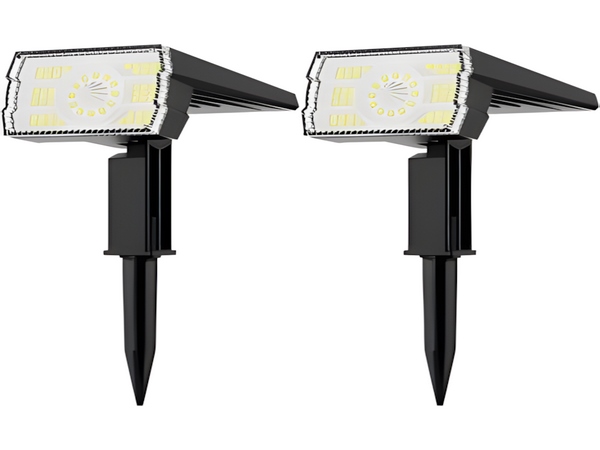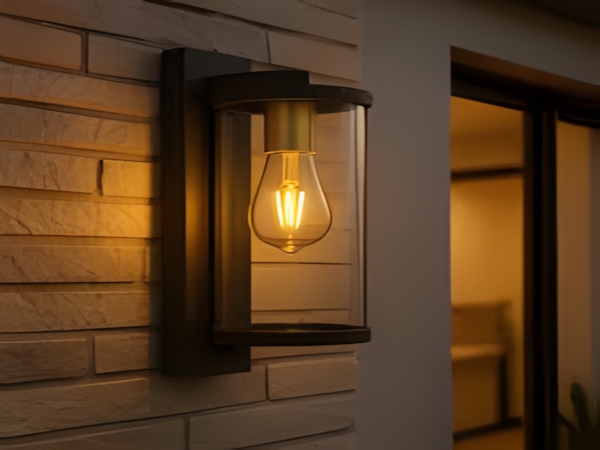
Many application facilities can suffer damage due to various factors. This is also true for the installation and use of solar street lights, which can face numerous issues that lead to poor lighting performance. To minimize these problems, it is essential to follow the required installation steps and conduct regular maintenance and upkeep during use.

Considering the structural characteristics of solar street lights, the main components that may experience damage include the batteries, controllers, and lamps. With the continuous advancement of modern production technology, specialized manufacturers of solar street lights employ not only state-of-the-art manufacturing techniques but also strict quality control in the selection and use of materials. This significantly reduces the occurrence of faults during the operation of solar street lights.
The solar streetlight controller plays a crucial role in the overall system application. Environmental factors such as climate can lead to damage to the controller. Therefore, the production of solar street lights has placed significant emphasis on protecting against damage from rain and lightning strikes. Consideration of waterproofing during manufacturing provides an additional layer of protection.

In the design of solar street light fixtures, real-world application environment issues are carefully considered, and customization is available based on customer requirements. Using advanced design plans and selected raw materials enhances the structural strength of the solar street light fixtures, ensuring that under normal usage conditions, they do not suffer severe damage, thus improving the overall effectiveness of solar street lights.



